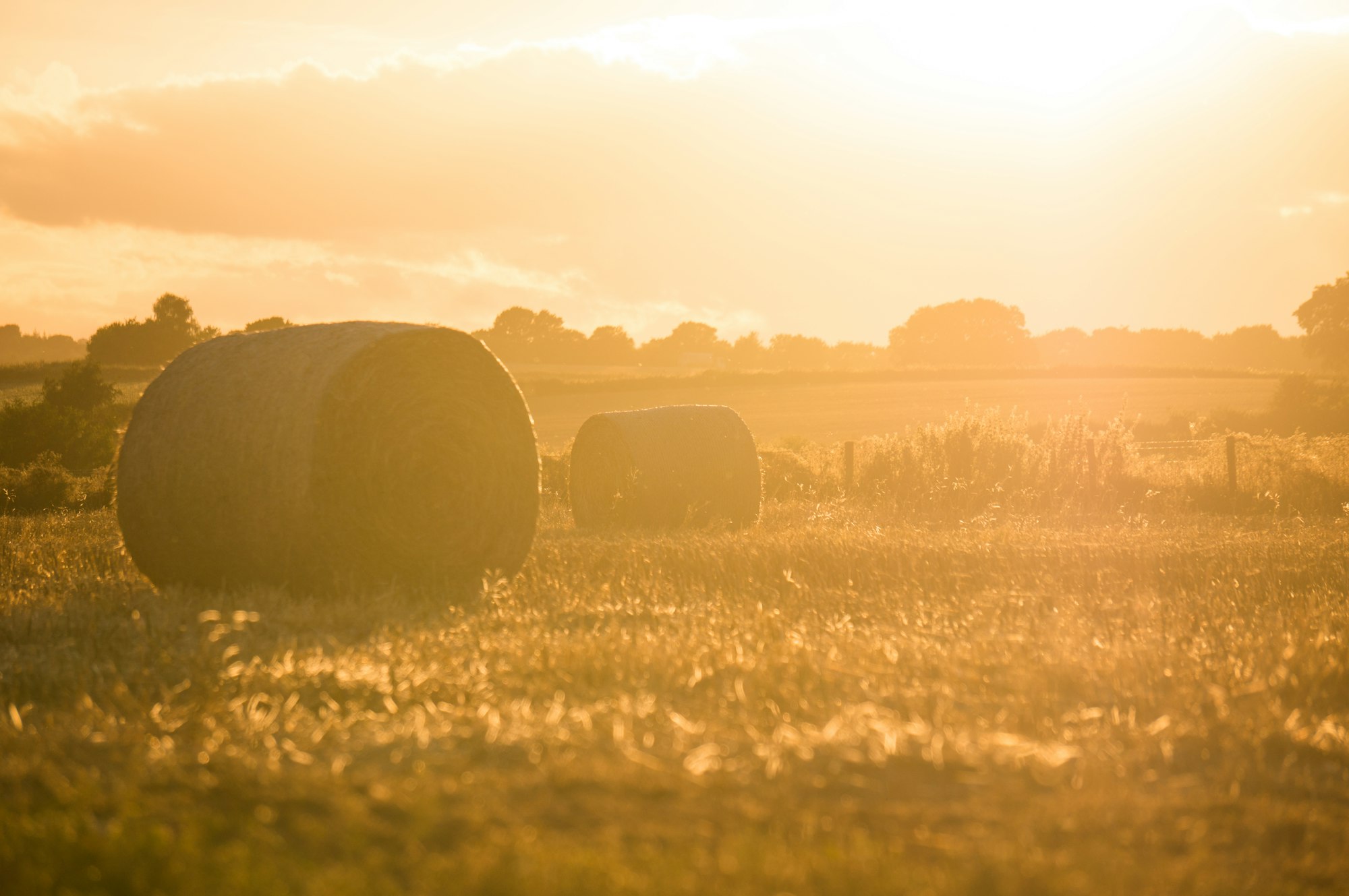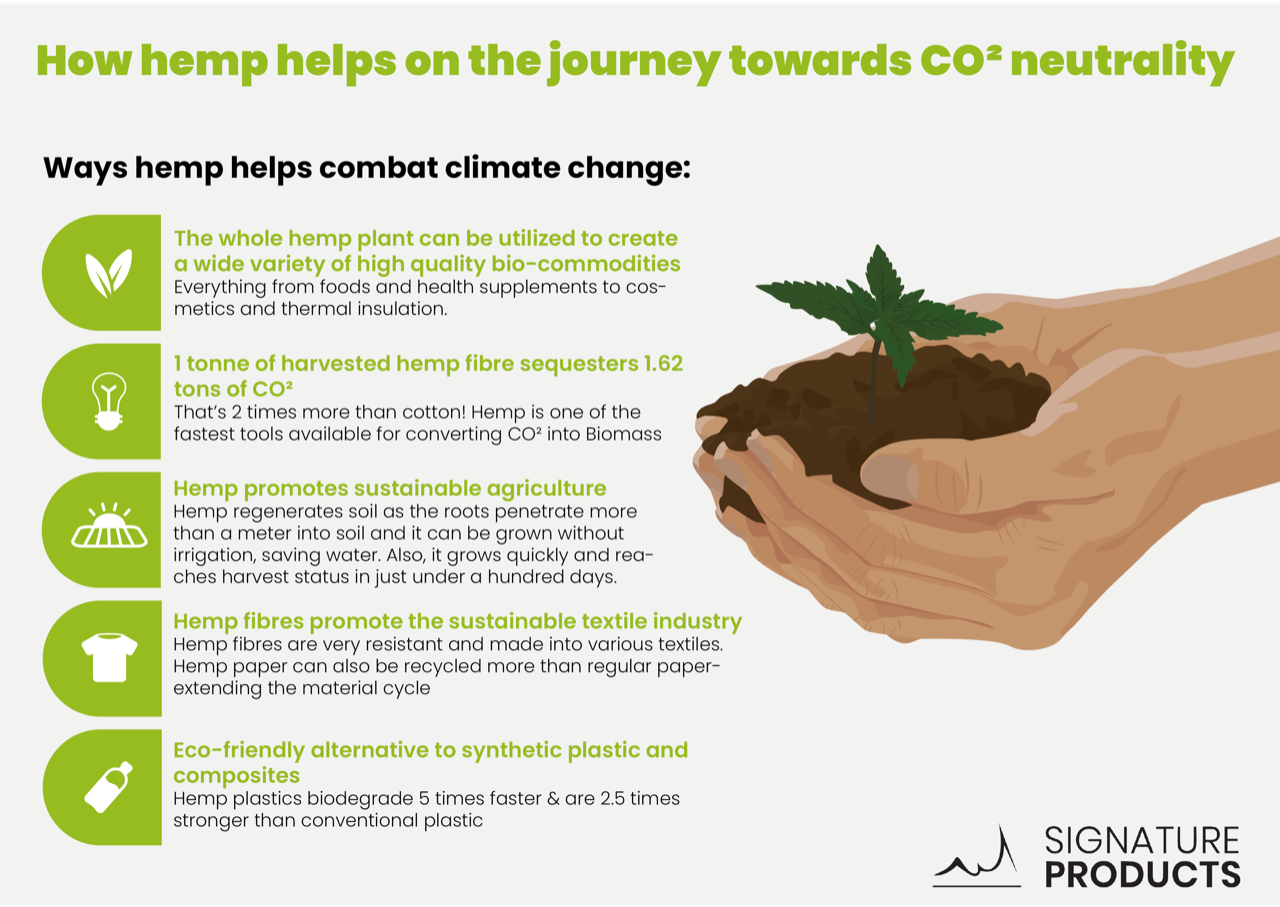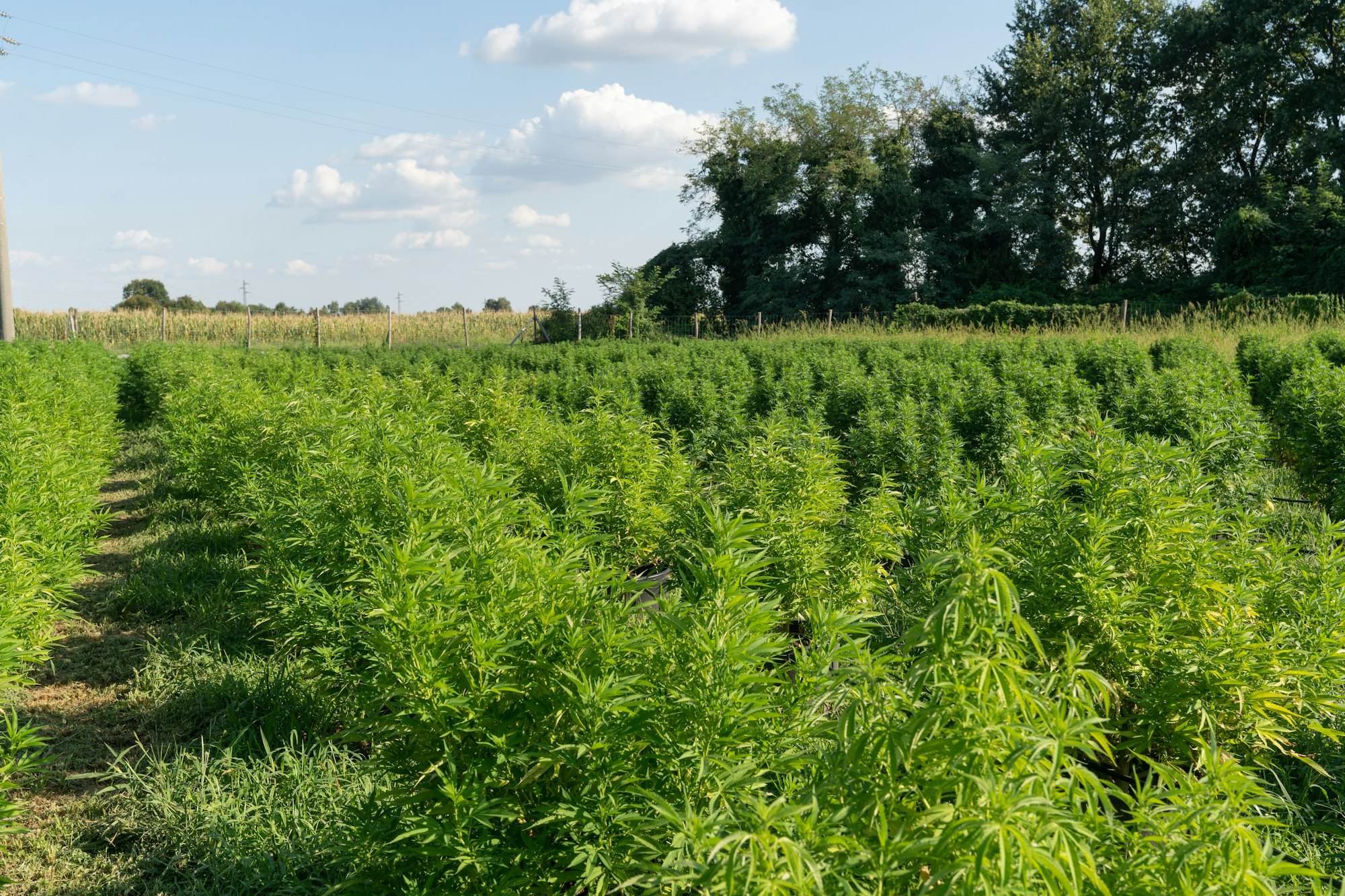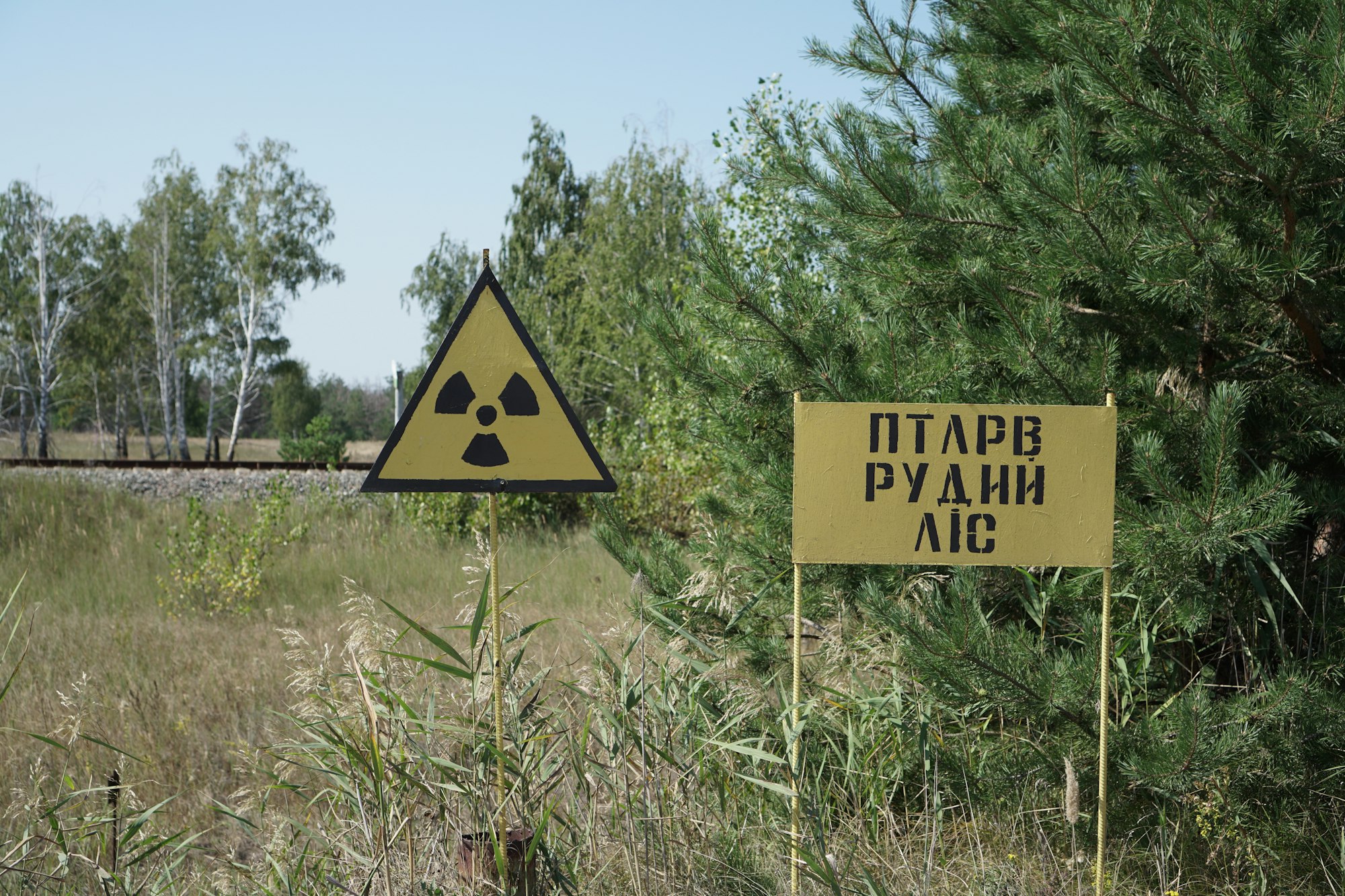Potential of Hemp for Decontamination of Radioactive Soil
The use of hemp for Phytoremediation to decontaminate radioactive soil is becoming one of the most important areas of research today.

Hemp science has come a long way in the past few years. The use of hemp for Phytoremediation to decontaminate radioactive soil is becoming one of the most important areas of research today.
Toxic heavy metals such as chromium, lead, cobalt, cadmium, selenium, silver and mercury, but also mineral micronutrients such as iron, manganese, zinc, copper and nickel as well as inorganic pollutants are increasingly accumulating in the soil and making it unusable for agriculture. Their accumulation is a major form of pollution because they are not biodegradable and thus persist in the soil for many years and pose an environmental and health hazard.

Urbanization and industrialization have consistently driven soil and vegetation degradation. Toxic material is released into the environment through various human activities - such as municipal solid waste, waste sludge and industrial effluents. Environmental disasters can also leave the soil barren and useless. To address and solve the problem of contaminated soil, scientists have developed a variety of approaches.
Conventional chemical, mechanical or technical soil cleaning methods are very expensive, labor intensive, and potentially even harmful to the environment of the country. An alternative strategy is phytoremediation, which uses plants to naturally filter toxic material from the environment.

Through the process of phytoremediation, soil remediation can be done naturally and much less costly. The term describes plant- and microbe-based remediation techniques. Plants are unique life forms with metabolic and absorptive abilities and have natural transportation systems. These are able to absorb nutrients and pollutants from the soil, as well as from the air and water and thus promote the biological degradation processes that take place in natural environments.

During the process of phytoremediation, the roots of certain plants, such as hemp or mustard, dig deep into the contaminated soil and, through their natural growth process, soak up the harmful chemicals. These toxic elements are usually stored in the leaves, stems, or stalks of the plant. Phytoremediation is considered to be the least harmful soil decontamination method because it preserves the environment in a more natural state by using natural organisms to address the problem.

There are now numerous studies available that have concluded that hemp has incredible potential to absorb harmful toxins. In fact, the hemp plant is a natural poison vacuum cleaner, capable of sucking impurities out of the soil, cleaning up the infected area and making it fertile again. It can easily thrive on contaminated soils high in heavy metals or organic pollutants by filtering out all the nutrients it needs to grow without harming itself. In addition, hemp has deep, broad roots, grows quickly, and can adapt to different climates.
It goes without saying that hemp used for phytoremediation is not safe for human consumption, so thorough testing of raw materials destined for human consumption is vital.

As early as the 1990s, the hemp plant was successfully used to mitigate the damage caused by the devastating Chernobyl nuclear disaster. Back then, a team of Russian scientists planted hemp in the contaminated fields near the Chernobyl site to test the plant's ability to draw heavy metals from the soil. Hemp has been found to decontaminate soil at a very high rate. A Phytotech researcher in charge of the hemp plantations explained that hemp has proven to be one of the best crop protection crops they could find.
In 2001, German scientists repeated this experiment, planting hemp on a piece of land contaminated by sewage. According to the team, lead, cadmium and nickel were removed from the soil. In Italy, industrial hemp is also used to clean up some of Europe's most polluted soils, caused by decades of toxic emissions from the Ilva steel mills.

After the devastating accident at the Fukushima nuclear power plant in Japan in 2011, numerous demands were also made to enforce hemp phytoremediation. However, due to the Cannabis Control Act, which was forced into Japanese law by the US occupying powers in 1948, a license to grow hemp is required, which is difficult to obtain. Consequently, other plants are used instead, such as sunflower, amaranth and mustard.
Nevertheless, there are also numerous advocates of the hemp plant in Japan, such as Dr. Masaru Emoto, author of The Miracle of Water. In the following video with English subtitles, he talks about industrial hemp as a solution to the Fukushima nuclear disaster:
Hemp is also an important crop for regenerative agriculture in general for many reasons. Many hemp varieties are naturally resistant to pests and predators, which is why they can often be grown entirely without the use of pesticides and herbicides. This, in turn, means hemp farms can potentially become havens for pollinators like bees. According to studies, hemp also plays a central role in providing sustainable nutritional options for bees:

Another important advantage of growing hemp is that the plant grows quickly while requiring significantly less water than most other plants. Low-water-using crops are essential to sustainable agriculture, given that up to 70% of water withdrawn from soil and rivers is used to irrigate agricultural produce. Hemp also has the ability to pull massive amounts of CO2 out of the atmosphere - an estimated 1.63 tons of CO2 per ton of hemp grown:

Hemp can also play an important role in increasing soil fertility in rotary farming. Its roots can produce certain compounds that increase microbial diversity in the soil, which can ultimately improve soil health. In addition, hemp produces large amounts of biomass, which returns to the soil and decomposes, returning nutrients to the soil. Consequently, once hemp has been harvested, it benefits the crops that are next grown in the field. One study even found that wheat yields were 10–20 percent higher after growing hemp.
The bottom line: agriculture that transitions to regeneratively grown hemp could, in effect, initiate a process of restoration of degraded ecosystems critical to the well-being of countless pollinator species, fish, birds and other wildlife. As a phytoremediator, hemp could potentially benefit hundreds of thousands of contaminated fields around the world.

